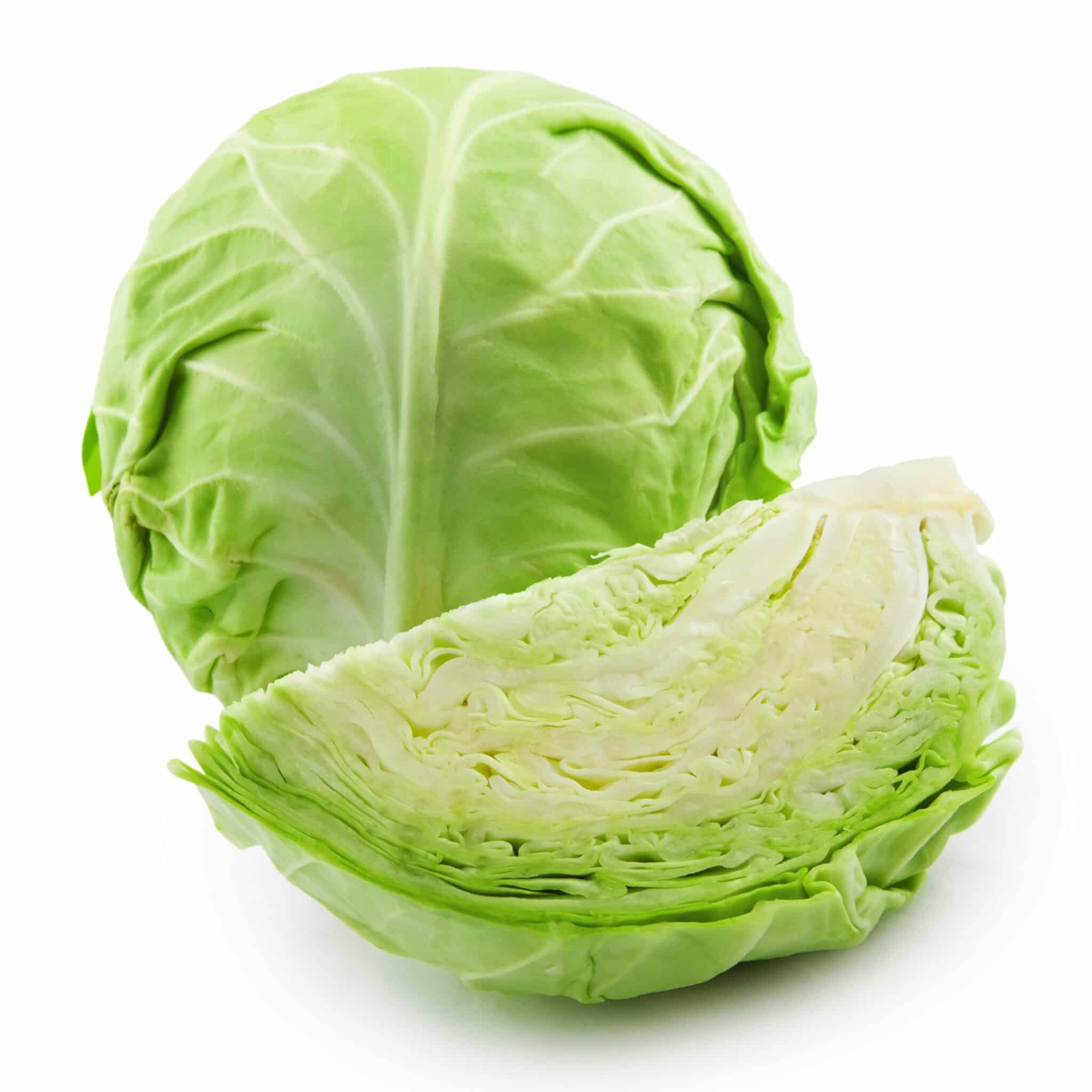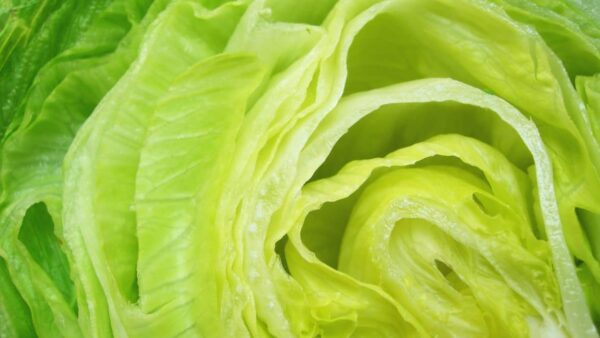With New Year’s behind us, there’s one important question to ask… What did you have on your New Year’s plate? There better have been some cabbage to bless you with wealth for the New Year!
Check out some of these quick facts you should know about cabbage:
Cabbage Timeline
- 371-287 BC — Theophrastus, the “Father of Botany” mentions cabbages in his texts
- 8th Century — Cabbages were cultivated in the “Capitulare de villis,” a text that gave rules and regulations on how to manage the lands and laws in the country during the time of Charlemagne.
- 14th Century — Round-headed cabbages appeared in England and became popular as a cuisine throughout Europe.
- 1541 — Cabbage was brought to the U.S.
- 1570 — Red cabbage was first described in England.
Fun Facts About Cabbage

- The first cabbage brought to the U.S. came in 1541, brought by French explorer Jacques Cartier on his third voyage.
- Cabbage symbolizes “good fortune and wealth,” if you eat it on New Year’s Day in the Southern U.S.
- China is the largest producer of cabbages today.
- The word “cabbage” is an Anglicized form of the French caboche, meaning “head.”
- At the turn of the century, cabbage was thought to be food for poor people. Now it is regarded as one of the most nutritional vegetables and is thought to have strong anti-aging and anti-cancer properties.
- Babe Ruth used to wear a cabbage leaf under his baseball cap during games and it is reported he switched it out for a new leaf halfway through the game.
Cabbage Statistics
0.5 to 4 kilograms is the size a cabbage head can grow.
0.5 cups of cooked cabbage is about 1/3 the amount of vitamin C you need for the day.
2.5 grams is the amount of fiber in one head of cabbage.
61,100 is the number of acres planted of cabbage in the U.S. in 2019.
278.5 million pounds is the record of cabbage imports in 2020.
15 calories is found in one cup of cabbage.













